What are Studded Tires and When you Need These?
Ever since the launch of PitStopArabia, customers have asked us some fascinating questions. Some of the questions were very simple to answer, while others required some research on our part. As PitStopArabia has grown in size and credibility, so have the number of questions. Over the past couple of months, customers have shared their experiences of their trips in Europe.
From discussing the scenery of rural France to their driving experience on the Autobahn in Germany, our employees have heard some very fascinating experiences. Some people also shared their plans for visiting Europe during the winter months and experience snowfall. These stories and plans of our customers got us thinking.
We realized that ever since the launch of PitStopArabia, we have only focused on driving in the UAE and discussed what tyre or technique is best for UAE. PitStopArabia has never truly realized the fact that many Emiratis visit Europe and other countries throughout the year. These trips are for reasons, including vacations and business dealings.
A lot of time, these people drive themselves when in a foreign country. Therefore, PitStopArabia has decided to inform our customers about driving in foreign countries as well. As summer is ending, winter is around the horizon. This article, therefore, aims to guide people about driving in the winter, especially snowy and icy conditions that are common in most of Europe.
More specifically, the article discusses studded tyres, which are a common sight in countries that experience snowfall. The article talks about what kind of tires these are and when are they used.
What are Studded Tires?
These are a type of winter tyres. They derive their name from metal studs which are installed into the tread of the tyre. The studs dig into ice and snow, which increases the traction on such surfaces.
When Do You Need Them?
As these are winter tyres, you will only be needing them in winter. More specifically, you will only be needing them in snowy or icy conditions. The UAE does not experience snow, which is why you will never see them in the UAE.
Pros
One of the most noticeable advantages is that they allow you to drive in challenging conditions. Instead of using chains or cables on your winter tyres, studs are a better alternative. The reason is that they are not as uncomfortable as driving with chains or cables. Moreover, they are more stable as well.
Moreover, chains or cables sometimes break or come off. You might need to get your vehicle towed if it happens. On the other hand, there is no risk of studs coming or breaking off. Studs are made from tungsten carbide, one of the most robust materials available in the market.
Another advantage is that they offer the best handling and traction when driving up an inclined road. There is no safer or better option than them when driving up such roads. Also, they virtually remove the risk of damaging your vehicle, unlike cables and chains which are known to cause exterior damage.
Cons
Perhaps the biggest drawback is that they might be illegal in the country you are visiting. The tungsten carbide is so hard that it can damage the roads. Hence, many countries have banned them altogether. Another disadvantage is the amount of noise they produce. At times, the noise can become very uncomfortable.
Since they can only be used in snowy or icy conditions, you will be required to keep two sets of tires. One set for icy and snowy roads and one for other road conditions. Moreover, they are nearly twice as expensive as a standard tire.



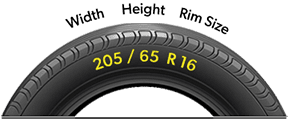



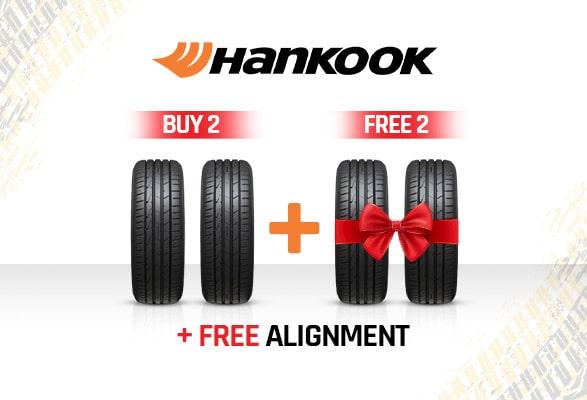
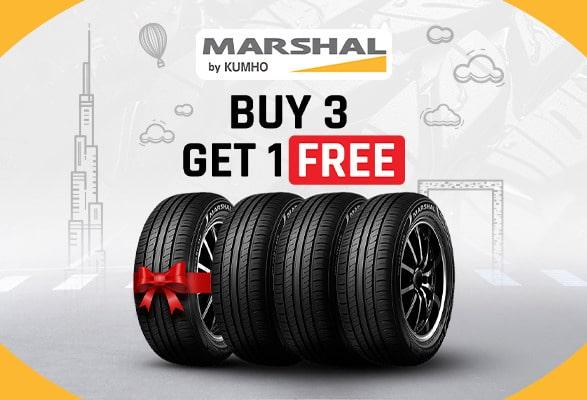
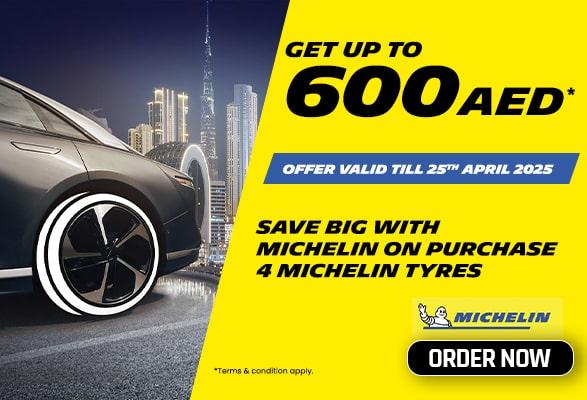
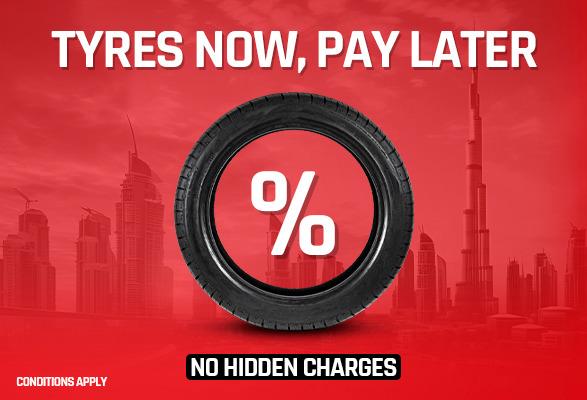
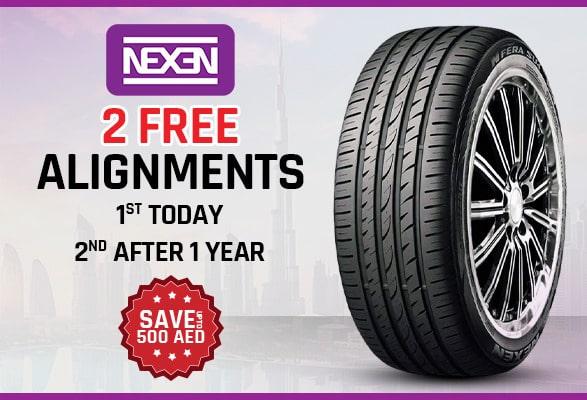
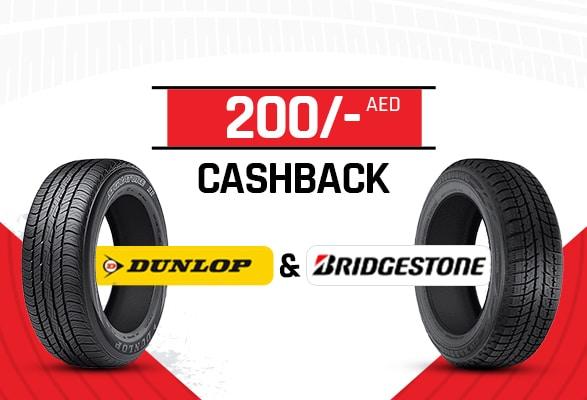
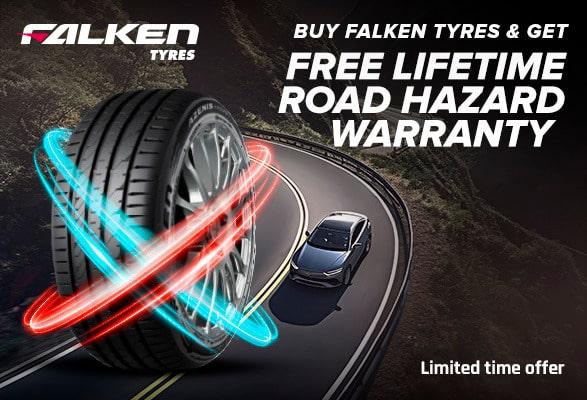
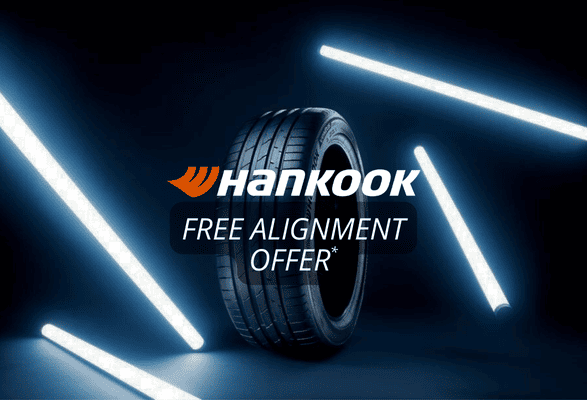


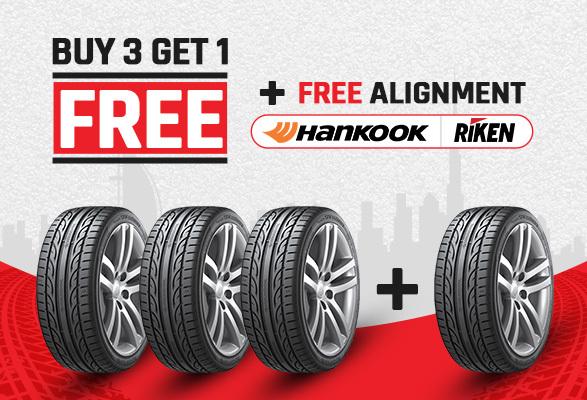
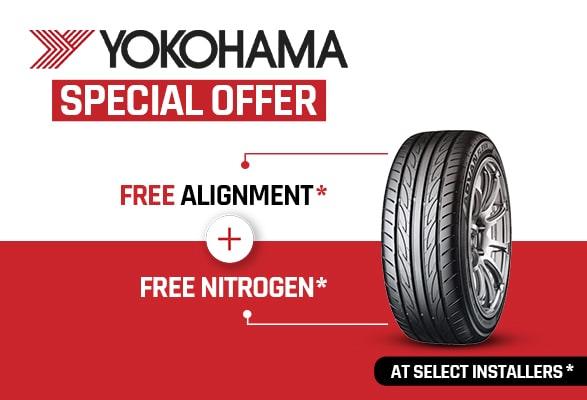
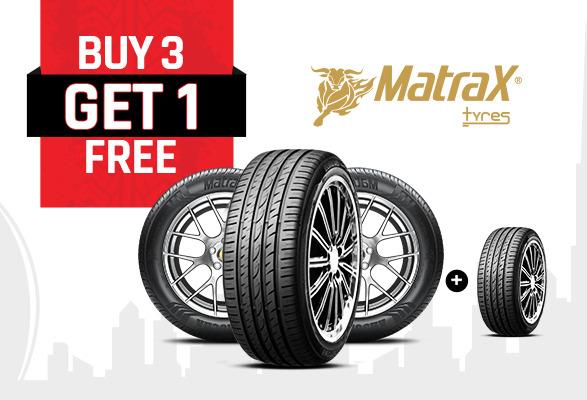























Final Thoughts
There is no doubt about the quality of the studded tyres. However, many countries have declared them illegal because of the damage to the roads. Moreover, the constant innovation in the tire industry has made stud-less winter tires equally good as studded ones if not better. The choice to use either type is dependent on your personal preference and their legality.